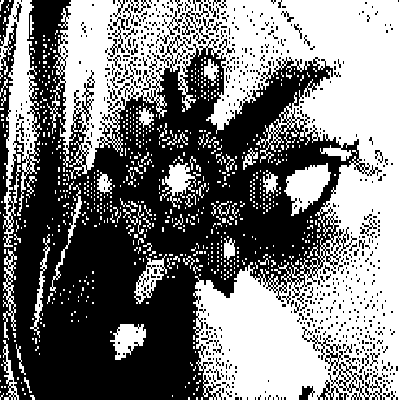
Day: September 2, 2013
Lovecraft close reading
Graham Harman's book on H.P. Lovecraft, Weird Realism (mentioned earlier), merits a look. Not so much for its philosophy of "speculative realism" supposedly inspired by HPL, which remains underdeveloped, but as literary criticism. The meat is 100 passages of close reading where Harman delves into the granular mechanics of how, precisely, Lovecraft peels back our comforting notions of reality, revealing a higher, lower, or in any case much scarier plane. More than the eldritch beings or old dark house plots the key is in the language: careful phrases that are part concoction and part hedge. HPL alternately teases the imagination with greater possibilities bred from insufficient information (the classic horror writer trick) and occasionally, for effect, overwhelms it with a glut of what Harman calls "Cubist" detail. In describing, say, a dead creature from the stars pondered by appalled Earthly investigators (see "The Dunwich Horror"), Lovecraft keeps piling on the physical attributes and sensory impressions, many of them contradictory, until the mind is disoriented and overwhelmed. The latter strategy is sometimes considered a flaw but Harman makes the case that its judicious use is a legitimate, even powerful, means of jarring the reader.
The book is an extended reply to Edmund Wilson and other literati who think HPL is a hack. That's much appreciated but perhaps a lost cause for people congenitally incapable of suspending disbelief. Also, on some level we hardcore fans don't want HPL explained lest his weird insights evaporate. Better to continue thinking lizards rule us. Excellent as Harman's analysis is, it necessitates that you hold intact in some part of your mind the inspiration you got before you learned all the H.P. Stagecraft.
